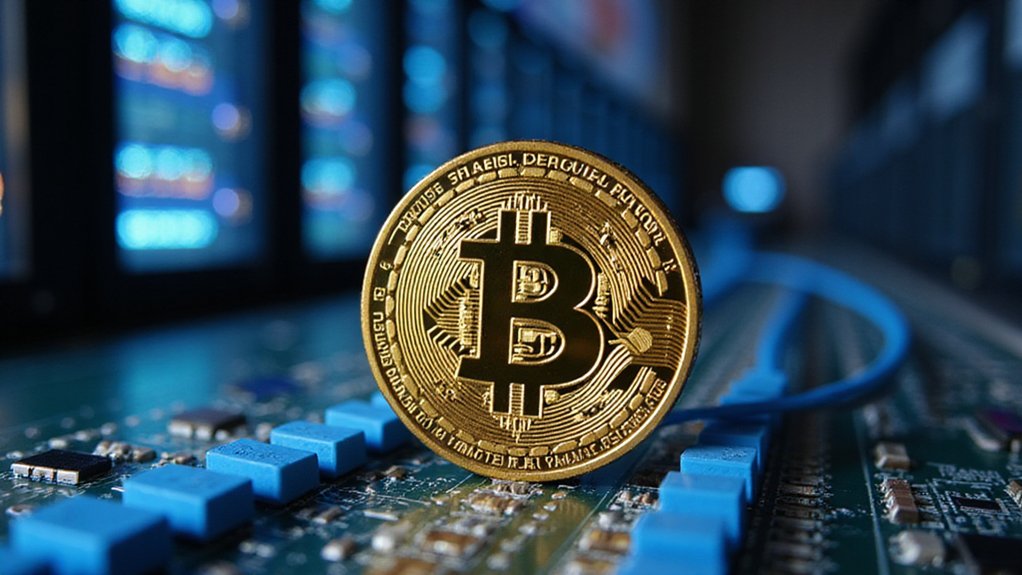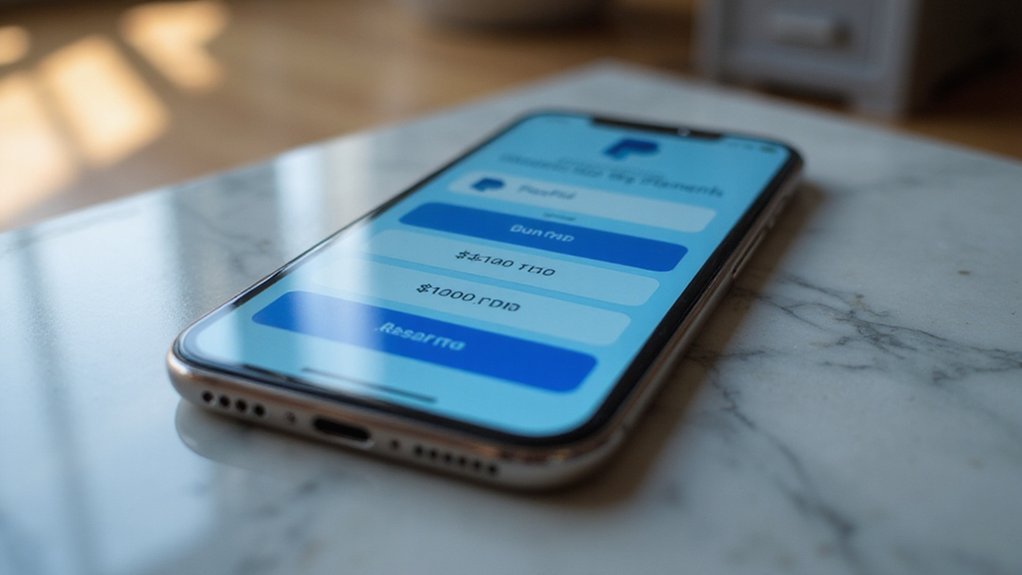MetaMask operates as a browser extension or mobile app providing digital asset management across Ethereum and compatible networks. Users begin at metamask.io, where installation leads to wallet creation (requiring sacred protection of the generated 12-word seed phrase) or importation of existing accounts. The interface facilitates transactions, dApp interactions, and network switching—all while demanding vigilance against sophisticated phishing attempts. The blockchain’s immutable nature transforms minor oversights into expensive lessons for the unwary.

Why has a humble browser extension become the gateway to an entirely new financial ecosystem? MetaMask, available for Chrome, Firefox, Brave, and Edge browsers (as well as mobile devices), has positioned itself as the quintessential interface between conventional internet users and the blockchain universe—a sort of digital financial passport that requires neither government approval nor traditional banking infrastructure.
Installation begins at metamask.io, where users can add the extension or download the mobile application through official channels.
After installation, the initial setup presents two pathways: creation of a new wallet or importation of an existing one.
The former generates a 12-word seed phrase—which, contrary to its poetic nomenclature, functions as the master key to one’s digital assets and should be stored with security measures befitting the crown jewels, not in a cloud storage service or email draft¹.
Configuration options, accessible via the account icon, allow users to personalize their experience through naming conventions, notification preferences, and display currencies.
The public Ethereum address—that alphanumeric string representing one’s presence in the blockchain—becomes the destination for received funds, while sending assets requires recipient addresses and gas fees (the computational toll paid to network validators).
MetaMask can be configured to work with hardware wallets for enhanced security of your digital assets.
MetaMask’s utility extends beyond simple asset transfers.
Its Web3 injection capability enables interaction with decentralized applications across various domains—from NFT marketplaces to financial platforms offering services that would make traditional bankers blink in disbelief.
These interactions require permission grants and transaction confirmations, creating a permission architecture fundamentally different from Web2’s data-harvesting approach.
Beyond Ethereum, MetaMask offers compatibility with other networks like Polygon and BNB Smart Chain.
For those new to cryptocurrency, MetaMask offers learning resources through MetaMask Learn to help understand the basics of blockchain technology.
Security vigilance remains paramount; phishing attempts targeting MetaMask users have reached levels of sophistication that would impress even seasoned cybersecurity professionals.
Regular updates, strong passwords, and meticulous transaction verification constitute the minimum protective measures in this environment where errors often prove irreversible.
¹The irrevocable nature of blockchain transactions means recovery options are limited exclusively to seed phrase restoration.
Frequently Asked Questions
How Do I Recover My Metamask Wallet if I Lose My Seed Phrase?
Without a seed phrase, options for MetaMask wallet recovery are virtually nonexistent through official channels—a reality that would be comical if not for the financial implications.
The platform’s architecture intentionally lacks backdoor access (as it should), rendering one’s digital assets irretrievable without this cryptographic lifeline.
The harsh truth: no seed phrase equals permanent loss—underscoring why storage redundancy isn’t merely prudent but existentially necessary for cryptocurrency holdings.
Can I Use Metamask on Multiple Devices Simultaneously?
Users can access their MetaMask wallet on multiple devices simultaneously by restoring it with the same Secret Recovery Phrase on each device.
While blockchain transactions sync automatically across all instances (sending tokens affects the wallet universally), each device maintains independent local settings—passwords, networks, and token configurations require manual recreation.
This arrangement offers flexibility across computers and smartphones, though prudent management of one’s Secret Recovery Phrase becomes increasingly critical with each additional access point.
Are There Any Fees for Using Metamask?
MetaMask offers free wallet downloads and storage, but isn’t entirely fee-less.
While basic transactions incur only network gas fees (which MetaMask doesn’t pocket), their swap service commands a hefty 0.875% commission—significantly higher than standard exchanges.
Bridge transfers similarly extract 0.875% plus associated network costs.
Users can manage gas expenses through customizable fee tiers, but frequent traders might find MetaMask’s premium pricing structure somewhat enthusiasm-dampening for high-volume activities.
How Secure Is Metamask for Storing Large Crypto Amounts?
MetaMask offers reasonable security for crypto storage through local encryption and non-custodial design, but falls short for substantial holdings.
While superior to exchange wallets, it remains vulnerable to phishing attacks and web-based threats.
Security-conscious investors typically pair MetaMask with hardware wallets like Ledger for large amounts—a prudent strategy given the irrevocable nature of blockchain transactions.
The platform’s security ultimately hinges on user diligence in managing passwords and seed phrases.
Can I Change My Metamask Username or Wallet Address?
MetaMask allows users to modify account names but not wallet addresses—a critical distinction in the blockchain ecosystem.
Account names serve merely as user-facing labels (changeable through account details), while wallet addresses remain immutable cryptographic endpoints on the network.
The extension offers simple renaming via the three-dot menu; mobile users can tap the ellipsis beside their address.
This naming flexibility proves invaluable for managing multiple accounts without affecting underlying security protocols.








